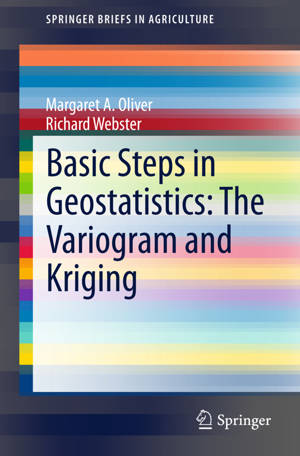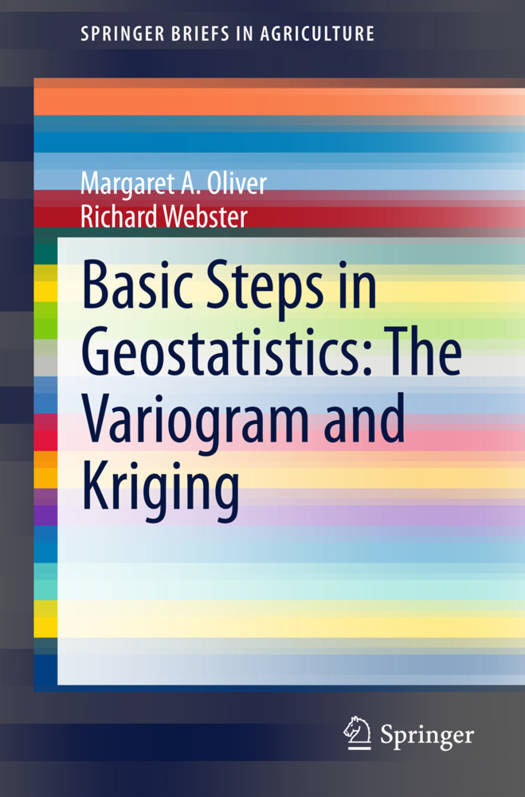
Door een staking bij bpost kan je online bestelling op dit moment iets langer onderweg zijn dan voorzien. Dringend iets nodig? Onze winkels ontvangen jou met open armen!
- Afhalen na 1 uur in een winkel met voorraad
- Gratis thuislevering in België vanaf € 30
- Ruim aanbod met 7 miljoen producten
Door een staking bij bpost kan je online bestelling op dit moment iets langer onderweg zijn dan voorzien. Dringend iets nodig? Onze winkels ontvangen jou met open armen!
- Afhalen na 1 uur in een winkel met voorraad
- Gratis thuislevering in België vanaf € 30
- Ruim aanbod met 7 miljoen producten
Zoeken
€ 73,95
+ 147 punten
Omschrijving
This brief will provide a bridge in succinct form between the geostatistics textbooks and the computer manuals for `push-button' practice. It is becoming increasingly important for practitioners, especially neophytes, to understand what underlies modern geostatistics and the currently available software so that they can choose sensibly and draw correct conclusions from their analysis and mapping. The brief will contain some theory, but only that needed for practitioners to understand the essential steps in analyses. It will guide readers sequentially through the stages of properly designed sampling, exploratory data analysis, variography (computing the variogram and modelling it), followed by ordinary kriging and finally mapping kriged estimates and their errors. There will be short section on trend and universal kriging. Other types of kriging will be mentioned so that readers can delve further in the substantive literature to tackle more complex tasks.
Specificaties
Betrokkenen
- Auteur(s):
- Uitgeverij:
Inhoud
- Aantal bladzijden:
- 100
- Taal:
- Engels
- Reeks:
Eigenschappen
- Productcode (EAN):
- 9783319158648
- Verschijningsdatum:
- 8/04/2015
- Uitvoering:
- Paperback
- Formaat:
- Trade paperback (VS)
- Afmetingen:
- 156 mm x 234 mm
- Gewicht:
- 167 g

Alleen bij Standaard Boekhandel
+ 147 punten op je klantenkaart van Standaard Boekhandel
Beoordelingen
We publiceren alleen reviews die voldoen aan de voorwaarden voor reviews. Bekijk onze voorwaarden voor reviews.











